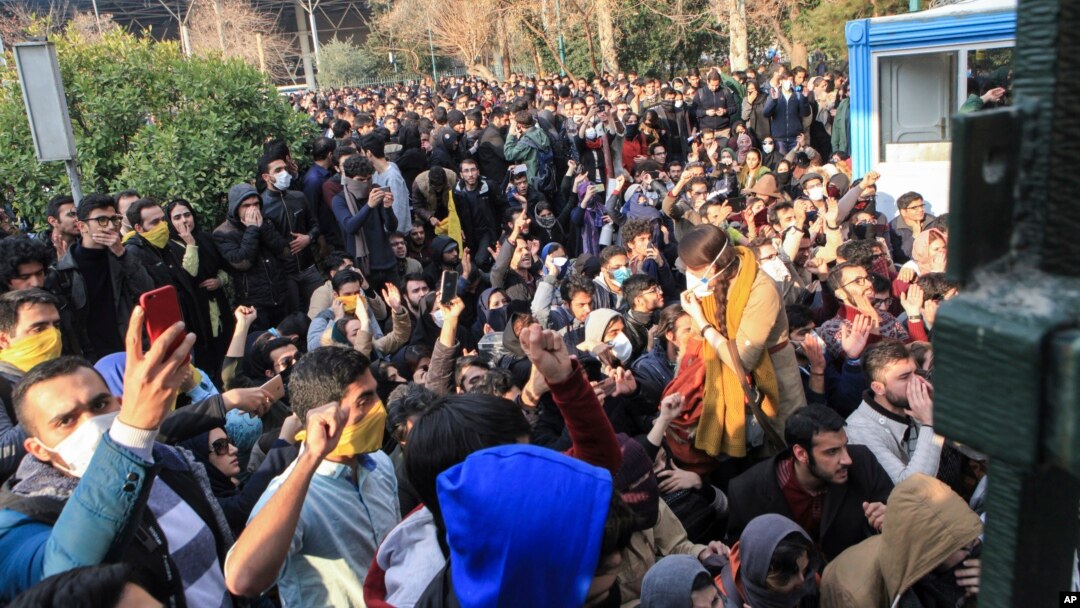2013
June — Cleric Hassan Rouhani becomes president.
September — Rouhani tells U.S. news channel NBC that Iran will not build any nuclear weapons. He offers "time-bound and result-oriented" talks on the nuclear issue during a speech at the United Nations.
November — Iran agrees to stop all uranium enrichment above 5 percent and allow U.N. inspectors access to its nuclear facilities. In return, the five permanent members of the U.N. Security Council — the U.S. Britain, Russia, China and France — in addition to Germany, agree to lift $7 billion of economic sanctions.
2014
April — The International Atomic Energy Agency confirms Iran has neutralized 50 percent of its stockpile of highly enriched uranium.
2015
July — Iran and the P5+1 reach a final deal on curbing Iran's nuclear program in exchange for lifting international economic sanctions.
2016
January — Economic sanctions on Iran are lifted.
December — Economic sanctions remain lifted, though the U.S. Senate extends the Iran Sanctions Act, which penalizes U.S. companies for doing business with Tehran.
2017
May — Rouhani is re-elected president.
Dec. 28 — Protests erupt in Mashhad, Iran's second-largest city. Small rallies are held in smaller cities nearby. In addition to demanding economic reform, protesters shout "Death to Rouhani." "Death to the dictator."
Dec. 29 — Protests spread to larger cities, including Qom, Isfahan and Zahedan. A few people are arrested in Tehran where smaller rallies are taking place.
Dec. 30 — Two protesters are killed in western Iran. At least 200 people are arrested in Tehran, but information on the number of people arrested around the country is unavailable. Videos posted on social media show unprecedented images of protesters taking down banners and posters of Ayatollah Ali Khamenei. Internet access is shut down in many parts of the country.
Dec. 31 — Rouhani acknowledges the protests. U.S. President Donald Trump tweets support for the protesters and warns that the world was watching.


